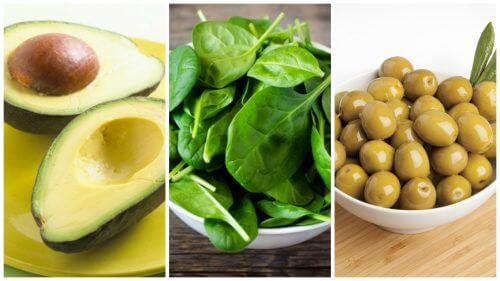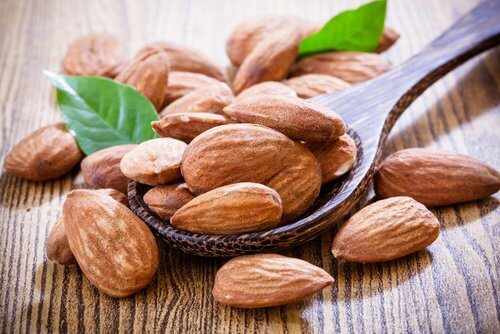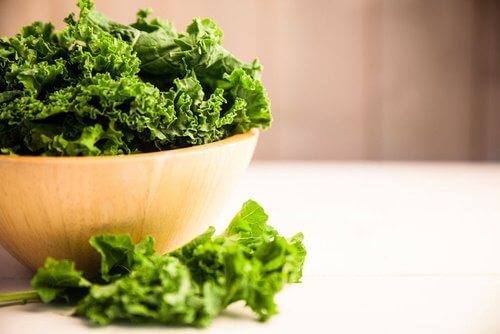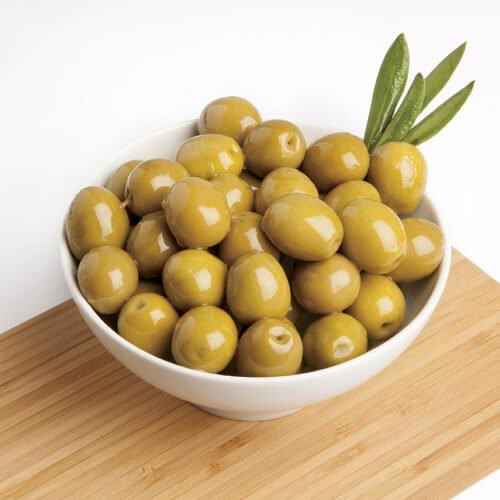Vitamin E: 6 foods to eat more of it


Reviewed and approved by the pedagogue in physical education and nutritionist Elisa Morales Lupayante
Vitamin E, also known as alpha-tocopherol, is a lipo-soluble nutrient that stands out thanks to its powerful antioxidant effects and its role in the synthesis of heme pigment. According to Dr. Traber, this is an essential component of hemoglobin.
Its absorption by the body helps you protect your tissues against the negative effects of free radicals. In fact, vitamin E is thought to play a major role in the prevention of certain diseases that are caused by aging.
Your body requires high doses of this vitamin to keep your immune system working strong. After all, it helps deal with the pathogens that attack your tissues and cells.
It’s also been referred to as the “vitamin of youth.” This is because it helps maintain healthy skin and hair in spite of the passage of time.
Best of all is that you can get your daily allowance of vitamin E through a wide variety of foods that can be easily incorporated into your diet.
Today, we want to talk about the top six so you’ll remember to eat them more regularly.
See also: 7 foods that fight aging
1. Almonds

- Almonds are a nut that has a very high vitamin E content and healthy fatty acids, such as omega-3.
- These nutrients, in addition to their essential minerals, help keep your cells in good condition. In addition, they also decrease your risk of cardiovascular and inflammatory disease.
- Every 100 grams of almonds contains up to 26 mg of vitamin E.
- Because they have a lot of calories, however, it’s best to eat almonds only in moderation.
2. Spinach
Green leafy vegetables like spinach are a healthy source of vitamin E. They’re low in calories, but with plenty of important nutrients for the body.
In this case, this vegetable packs an incredible amount of vitamin E.
This, along with its other antioxidants, helps protect your body against chronic diseases that come from the effects of oxidative damage.
In addition, it provides essential minerals that aid in the formation of red blood cells and the strengthening of your bones and joints. They include:
- Iron
- Magnesium
- Calcium
- Zinc
- Potassium
3. Kale

It’s estimated that one cup of this ingredient provides between 6% and 8% of the recommended daily allowance of vitamin E.
It also contains fiber and essential minerals. Once absorbed by the body, they support your metabolic function to prevent problems like diabetes and obesity.
4. Papaya
Known around the world for its high content of vitamin C and dietary fiber, papaya is a fruit whose antioxidant effects can counteract the impacts of free radicals on your cells and tissues.
Thanks to its significant amounts of vitamin A, potassium, magnesium, and other minerals, it supports the function of all your bodily systems.
Regular consumption of papaya decreases your risk of viral and inflammatory disorders. In addition, it also improves the appearance of your skin.
5. Olives

They contain high levels of vitamin E and essential amino acids. Together, they create a protective barrier against the impacts of free radicals.
Olives also contain small amounts of essential fatty acids whose anti-inflammatory effects improve joint health and prevent the wear and tear that’s associated with aging.
Visit this article: 8 amazing benefits of blueberries
6. Avocados
Avocados are one of the best foods for healthy diet plans because they contain vitamin E. Also, they provide healthy fatty acids, B vitamins, and minerals.
- They have a slightly higher caloric content than other fruits and vegetables. However, their nutrient concentrations make avocados one of the best dietary supplements.
- Consuming them as well as external application can improve the health of your skin and hair, particularly with respect to the face and the signs of aging.
When you add these foods to your diet, you’ll give your body some potent and important antioxidants to maintain good health.
As a result, it will promote your well-being and reduce the risk of wrinkles and other early signs of aging.
All cited sources were thoroughly reviewed by our team to ensure their quality, reliability, currency, and validity. The bibliography of this article was considered reliable and of academic or scientific accuracy.
- Traber, M. G. (2004). Vitamin E. In Encyclopedia of Dietary Supplements (pp. 757–769). CRC Press. https://doi.org/10.1081/E-EDS-120022054
- Brigelius-Flohé, R., & Traber, M. G. (1999). Vitamin E: function and metabolism. FASEB Journal : Official Publication of the Federation of American Societies for Experimental Biology, 13(10), 1145–55. Retrieved from http://www.ncbi.nlm.nih.gov/pubmed/10385606
- Traber, M. G., & Atkinson, J. (2007, July 1). Vitamin E, antioxidant and nothing more. Free Radical Biology and Medicine. https://doi.org/10.1016/j.freeradbiomed.2007.03.024
- Mandalari, G., Faulks, R. M., Rich, G. T., Lo Turco, V., Picout, D. R., Lo Curto, R. B., … Wickham, M. S. J. (2008). Release of protein, lipid, and vitamin E from almond seeds during digestion. Journal of Agricultural and Food Chemistry, 56(9), 3409–3416. https://doi.org/10.1021/jf073393v
- Koike, S., Gladders, P., & Paulus, A. (2013). Spinacia oleracea. In Vegetable Diseases (pp. 368–381). CRC Press. https://doi.org/10.1201/b15147-18
- Dreher, M. L., & Davenport, A. J. (2013). Hass Avocado Composition and Potential Health Effects. Critical Reviews in Food Science and Nutrition, 53(7), 738–750. https://doi.org/10.1080/10408398.2011.556759
This text is provided for informational purposes only and does not replace consultation with a professional. If in doubt, consult your specialist.








